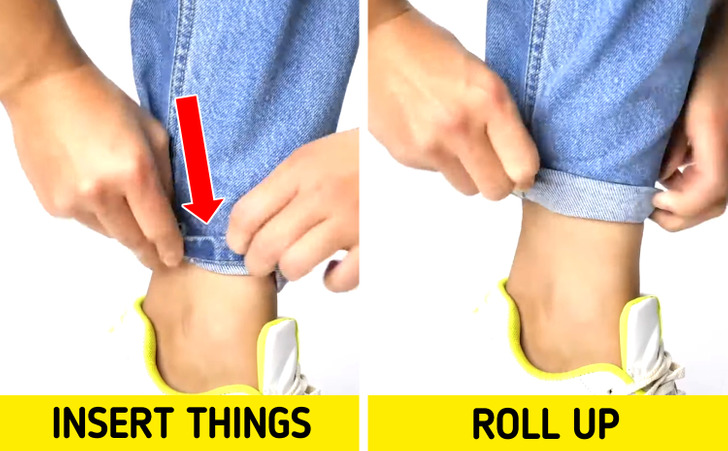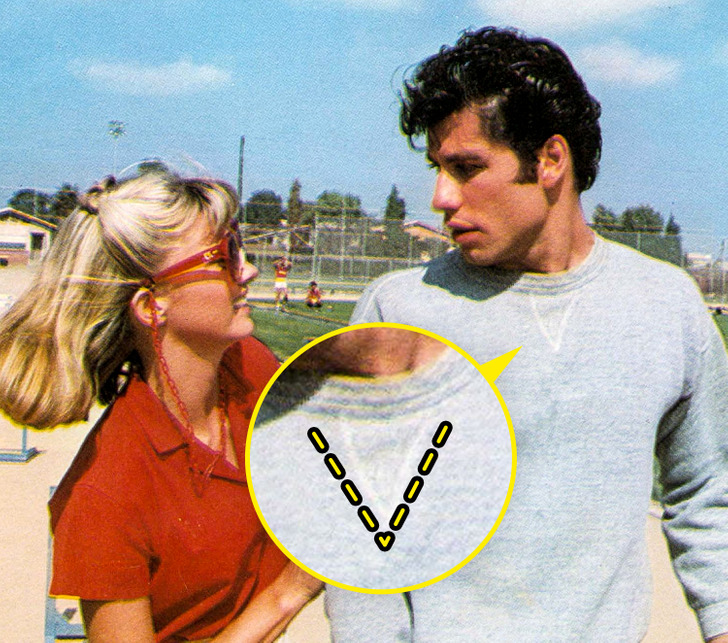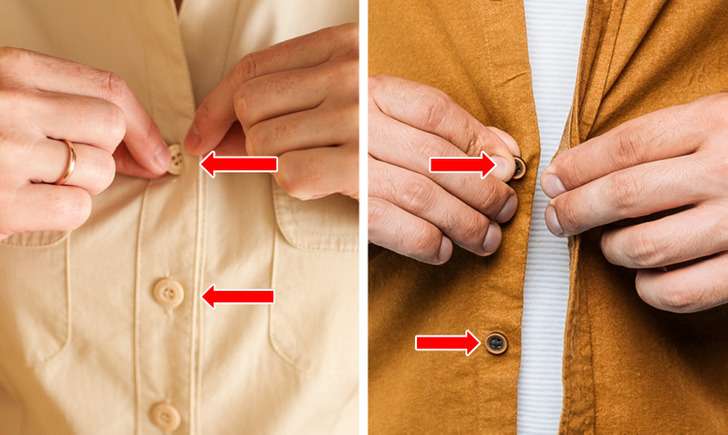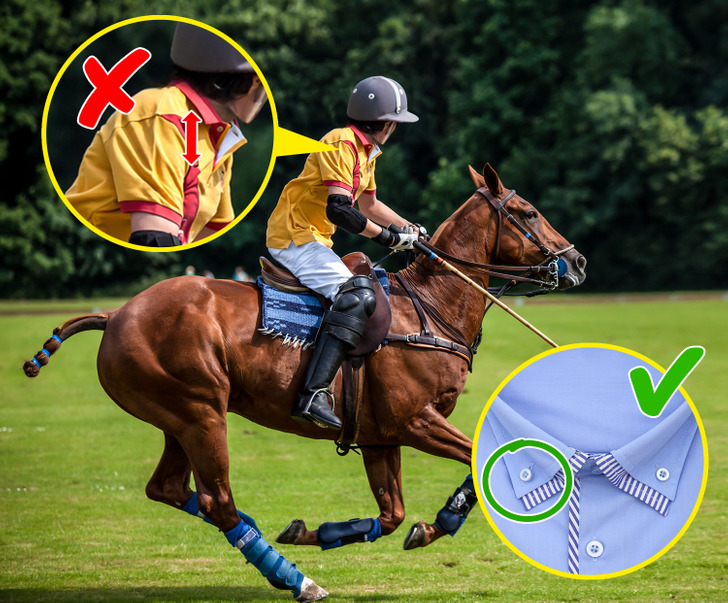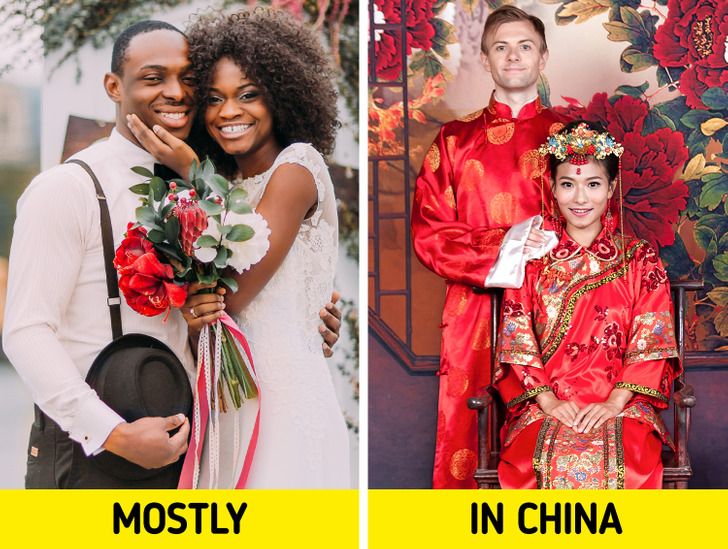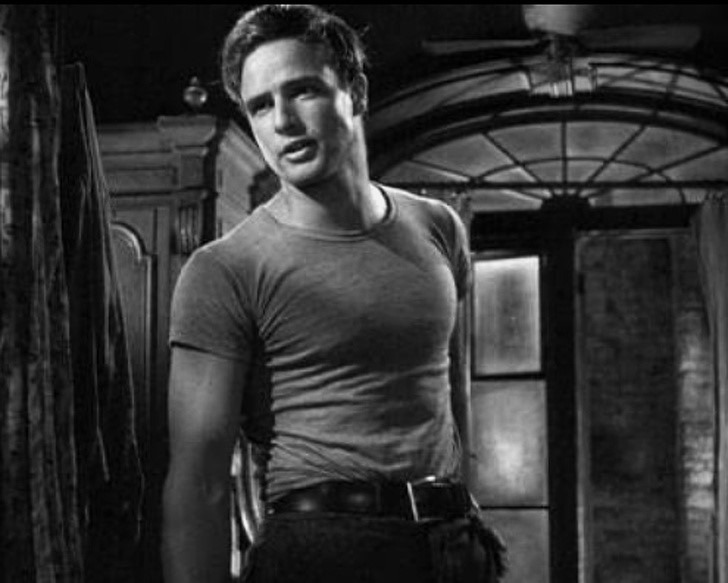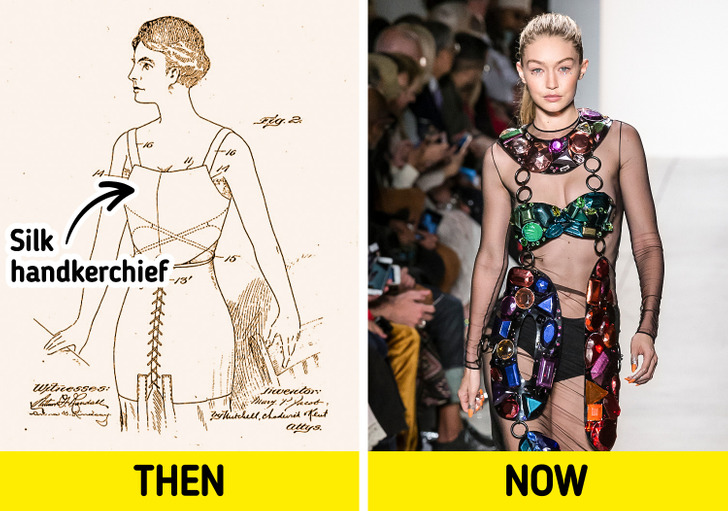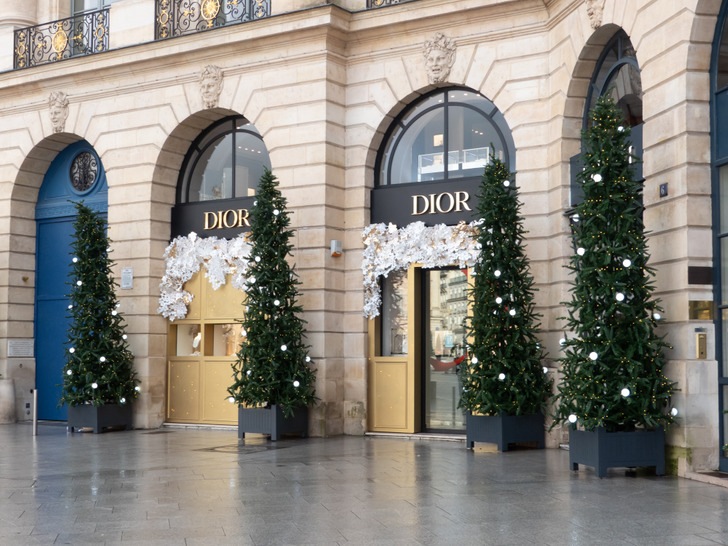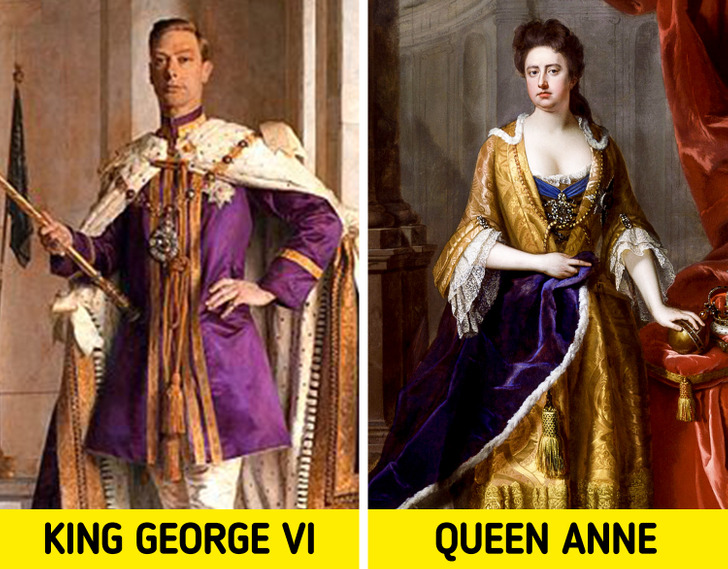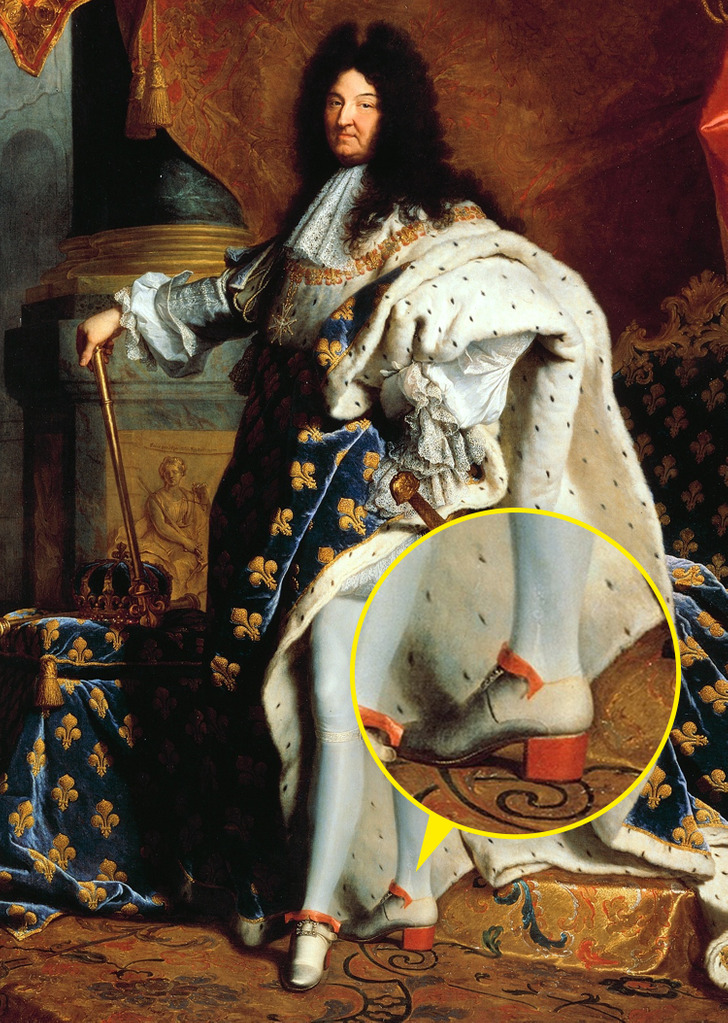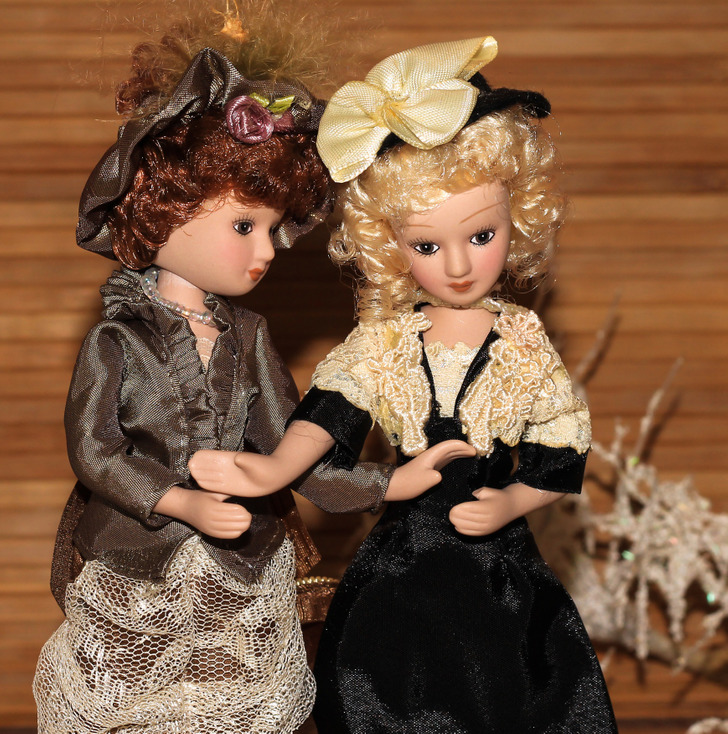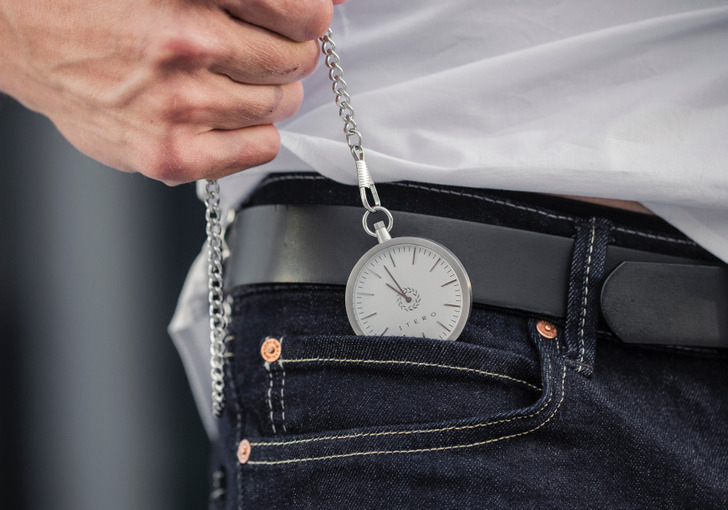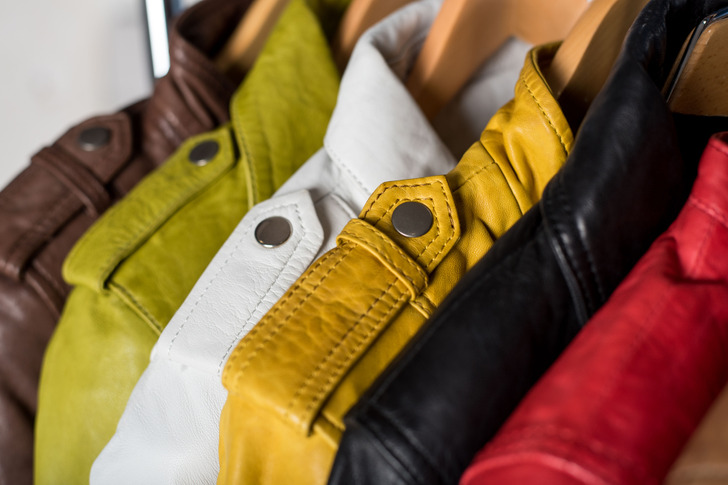10+ Unusual Fashion Facts You Might Not Know
We oftentimes notice small details on our clothes that are completely visible, and we may wonder if they have a purpose or are just seemingly random design details. If you’re also curious about the real reasons behind these things, this article is for you. Let’s take a short trip to the fashion world and learn fascinating tidbits and exciting facts about clothes.
1. Cuffed jeans were for keeping things inside.
In the 1870s, people bought jeans that were too long, thinking the fabric would shrink after washing it. However, in later times, people opted to cuff their jeans. Oddly enough, it wasn’t to make a ’’fashion statement’’ but for hiding things inside the folds. It was practical to tuck their personal belongings in the cuffs.
2. Skirts were made shorter for car users.
In fashion history, the loincloth is the oldest garment, and the skirt comes second. In the 1900s, skirts were shorter to help women step into cars easily. It’s also important to mention that the skirt wasn’t and isn’t worn exclusively by women; anyone could wear one in ancient times, and, likewise, anyone can wear one today.
3. The triangles on sweatshirts were for absorbing sweat.
You may have seen a V-shaped triangle on some sweatshirts. This little “V” was initially designed to absorb or soak up sweat. If you’ve ever seen the fantastic movie, Grease (1978), you’ll remember John Travolta as Danny in his gray sweatshirt with the “V” under its collar.
4. Buttons were on different sides.
In the Victorian and Renaissance eras, women’s clothing was very elaborate with corsets, etc., so it often required some help from the maids. It was easier for the servants to button up their employers from the left row with their right hand. But men didn’t need as much help as women did, as the clothing was more mass-produced, and buttoning up from the left stayed standard.
Also, men’s buttons stayed on the right side for military purposes, as it was the standard practice to protect the left side with a shield and draw their weapons with their right hand. The buttons on the right side were more accessible for them to unbutton with their left hand.
5. Small buttons on the collar were for fixing the flaps.
The Oxford cloth button-down shirt idea was born when John Brooks, the president of the Brooks Brothers, watched a polo match in England, and he saw that their long collars were fastened to the body. If not buttoned down, the collar would distract the Polo players while riding and obstruct visibility. Brooks copied that idea, and in 1896, the small buttons on button-up shirts were designed to fix the collar.
6. Weddings didn’t always feature the color white.
Queen Victoria was the first to wear a white wedding dress when she married Prince Albert. Previously, white was considered a grieving or mourning color. Nowadays, we still see different colored wedding dresses, but white is still not a preferred color for a wedding dress since it refers to sadness or mourning in places like China. Instead, red is the color of wedding dresses there.
7. T-shirts were for bachelors.
8. The modern bra was made from handkerchiefs.
On November 3, 1914, New York socialite Mary Phelps Jacob, or Caresse Crosby, was granted a patent on her first modern bra (brassière) invention. In 1910, she’d purchased a sheer evening gown for a ball, and her corset wasn’t a good match for her large breasts, as the item’s whalebone was poking out under her dress. Therefore, with her maid’s help, she used silk handkerchiefs and sewed them with some pink ribbon and cord, which worked out pretty perfectly.
Since then, bras, as a type of women’s undergarment, have changed a lot.
9. It’s hard to start a fashion house.
For a brand to be considered Haute Couture, it must make it to the Chamber of Syndicale in Paris.
10. Purple clothes were only for royals.
Purple clothes were historically associated with kings and queens, magistrates, emperors, and other aristocracies. Some Roman emperors forbid their citizens from wearing purple clothing. It’s because purple was a rare hue and indicated wealth and power. Looking at history, we see many royals, ancient leaders, and emperors donning the color.
11. Heels were for the men to stay in place while riding.
12. The first models weren’t humans.
Designers initially used dolls to model new looks, but things changed in 1853 with the father of haute couture, Charles Frederick Worth.
He used Marie Vernet Worth, the world’s first fashion model, whom he later married. He freely adjusted and measured his designs on his wife. He certainly created a new unconventional career path for women.
13. The small pocket in pants was for pocket watches.
14. The shoulder buttons on jackets are for holding your bag in place.
A Twitter user shared a post, stating, ’’It took me 18 years to find out that the weird shoulder buttons on jackets are to hold your bag in place so it doesn’t fall off.’’
Are there any other details you’ve noticed on your clothes but don’t know the actual purpose of? Please comment below!
🎥 If you’d like to read more fashion-related articles, check these out!
- To read Unspoken Tips to Help Anyone Pull Off a Stylish Shoe Look, click here.
- To read How to Pair Sneakers With Skirts and Dresses, click here.
- To read How to Look Vintage, click here.
- To read How to Wear Sheer, click here.
- To read How to Look High-End, click here.
